Since ancient times, areca trees have been planted in almost all villages in Thanh Hoa, but mostly on a small scale in self-sufficient households. Currently, some garden owners in the province have developed into commercial gardens with scientific and high-yield farming methods. Many areca gardens bring in quite high incomes, which have become suggestions for changing the crop structure right in home gardens or farms because the output of areca fruit is now quite open.
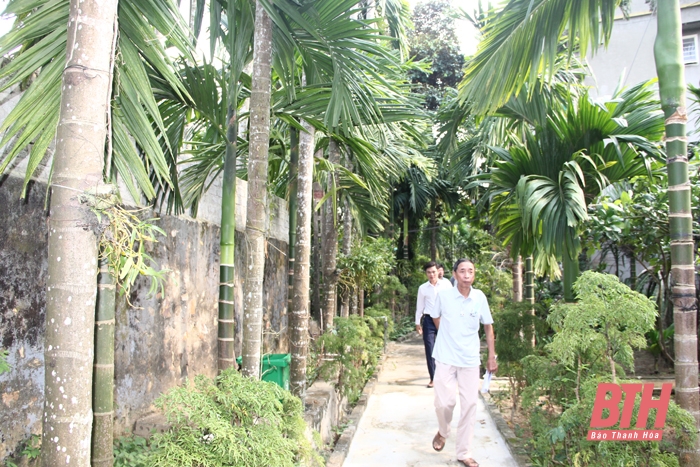
Along the irrigation canal of Hoang Khanh Pumping Station, the garden of Mr. Nguyen Xuan Mien's family in Dai Dien village, Hoang Xuan commune (Hoang Hoa) is always lush and full of life. From afar, it is easy to see the large and small areca palms growing higher than the low fruit trees, creating a landscape not unlike an ecological subdivision. In the middle of the garden is the owner's house, looming under the trees and many rows of areca palms around. Happily leading guests to visit the garden, the garden owner, born in 1957, analyzed: Areca palms are a type of tree with little canopy and little ability to create shade, so they can be planted densely. The areca palm canopy is high, and fruit trees can be planted underneath because there is still enough light for photosynthesis.
With a garden area of over 1,200 m2, Mr. Nguyen Xuan Mien soon had the idea of converting the mixed garden to grow fruit trees combined with household livestock since 2010. However, the income was initially low because the garden had not been scientifically and synchronously planned and designed. Around 2015, he visited a number of economic garden models in many provinces, and decided to grow areca. The imported variety is the four-season areca that bears fruit all year round, which he bought from a seed farm in Thai Binh province. The first batches of areca produced fruit and were easy to sell, so in recent years he continued to grow more to a total of nearly 200 trees. Up to now, half of the areca in his garden have produced fruit with an average yield of more than 1 ton of fruit per year. With the selling price to traders who collect directly from the garden from 35,000 - 50,000 VND/kg, each year the owner has an income of nearly 50 million VND, in the next few years the output will continue to increase.
Through research in many places, the areca planting here is applied with cultivation advances, in contrast to the extensive planting method with almost no care in the folk. Areca is fertilized with manure like many other fruit trees, with a sprinkler irrigation system to moisten the entire garden. To avoid flooding if there are long storms, a concrete ditch system 25 cm wide, 35 cm deep is built around and across the garden. Manholes are arranged at intersections in the ditch system, collecting water and bringing it out through a system of 100 mm diameter plastic pipes buried underground. To save land, the top of the drainage ditch is paved with concrete slabs to make a path system in the garden.
In addition to areca, Mr. Mien's family also grows rows of ginseng, early-ripening longan, and red-fleshed grapefruit, and raises chickens and raises livestock to fertilize the areca. The bee colonies in the garden not only pollinate the plants but also help the homeowner earn extra income. "In 2021 and 2022, the total income from areca and other products in the home garden after deducting expenses is still more than 100 million VND in profit. My family's garden is also considered a model garden under the New Rural Development Program, the most effective in Hoang Hoa district," Mr. Mien shared.
In the coastal district of Nga Son, many models of growing areca combined with other fruit trees have also been effectively implemented by many gardeners and farm owners. In the multi-crop garden with many types of crops of Mr. Vu Van Phuong in village 5, Nga Lien commune, 500 areca trees have been intercropped in recent years. Up to now, 150 trees have produced fruit, each year producing 2 to 4 bunches, many bunches up to 200 - 300 fruits. According to the owner's calculations, each areca tree yields an average of 550,000 VND/crop. It only takes 2 to 3 years for areca to produce fruit, so when all 500 areca trees produce fruit, the income will increase to hundreds of millions of VND/year. From many effective areca growing models in and outside the district recently, Mr. Mai Van Hao in Ho Dong village, Nga Thanh commune has also developed rows of areca trees along the alley and in the garden. Currently, the areca trees have not produced fruit, but have contributed to creating an ecological landscape for the new rural countryside.
According to Thanh Hoa Gardening and Farming Association, there are currently no statistics on the total area of areca in the province, but there are many models of areca intercropping with other crops on farms and forest gardens in mountainous areas with high economic efficiency. In addition to selling areca products to traders to take to wholesale markets or facilities in the province, areca is also collected by many people for small-scale export to China in large quantities. If supply and demand are done well, it is possible to form specialized areca gardens with sustainable output. Another advantage is that areca is very easy to grow and care for, suitable for the climate and soil in rural areas in the province. Previously, across the country, there were also many areca growing areas exported to the Chinese market as raw materials for areca candy production, the most typical of which is Tu Nghia district, Quang Ngai province, which has developed areca areas throughout the district. In Hai Phong city, Thuy Nguyen district also identified areca as an important export product, with tens of thousands of households participating in intensive farming.
Article and photos: Linh Truong
Source



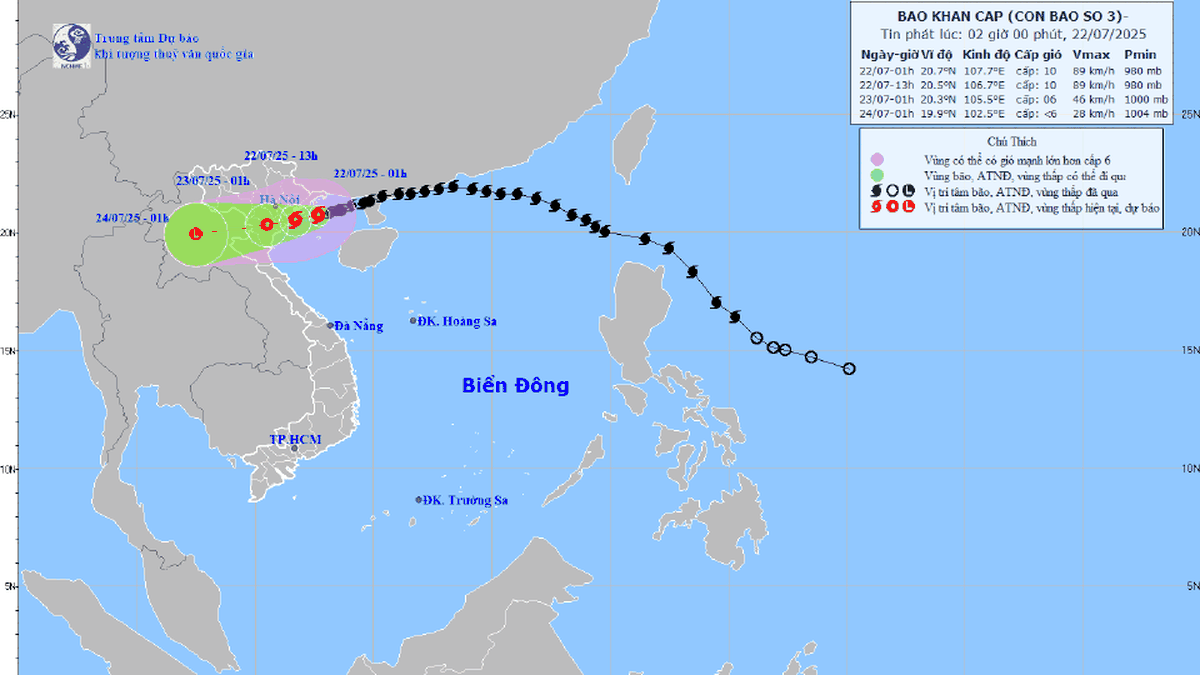

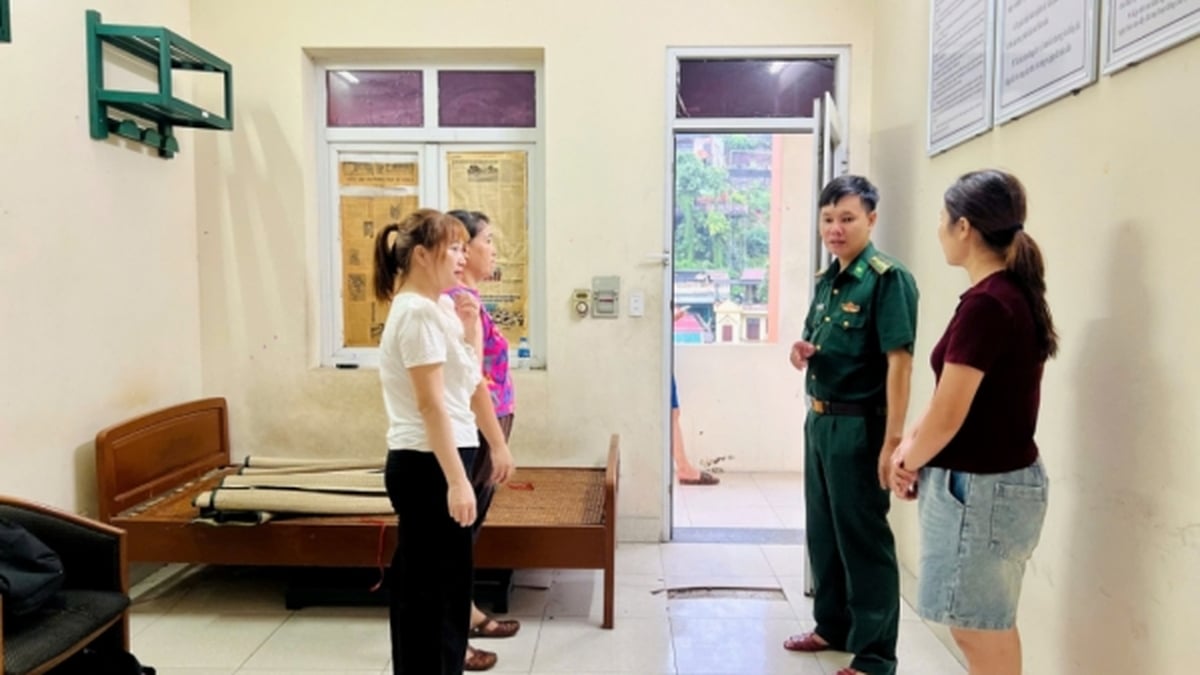


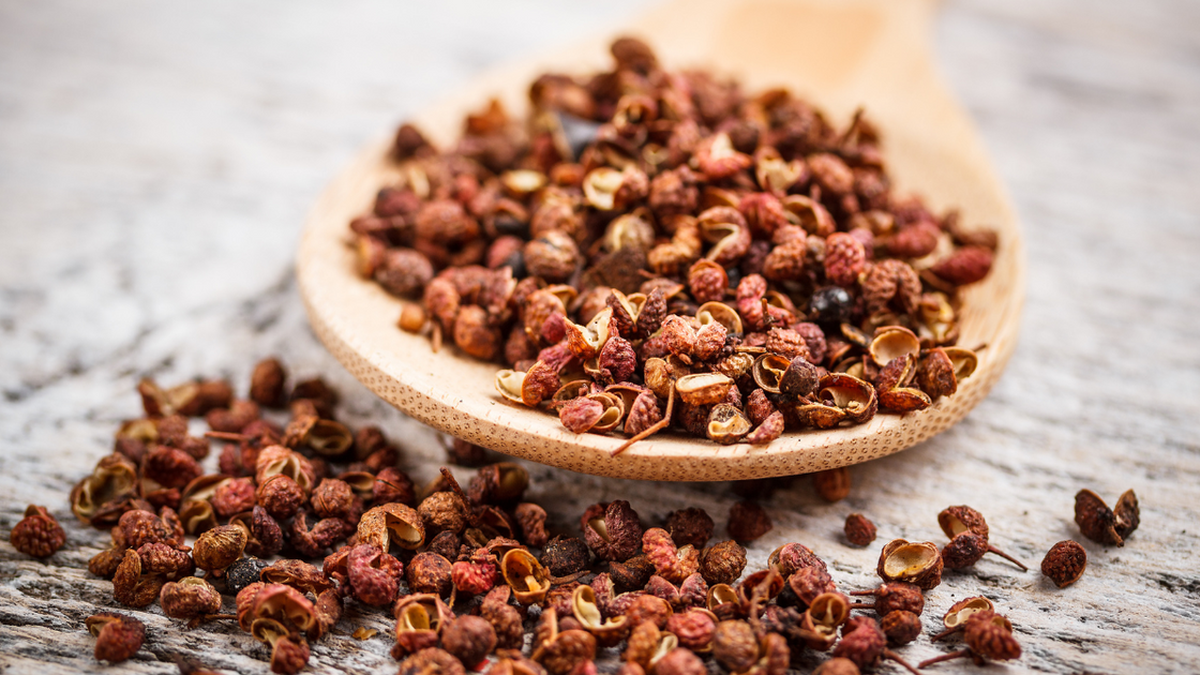

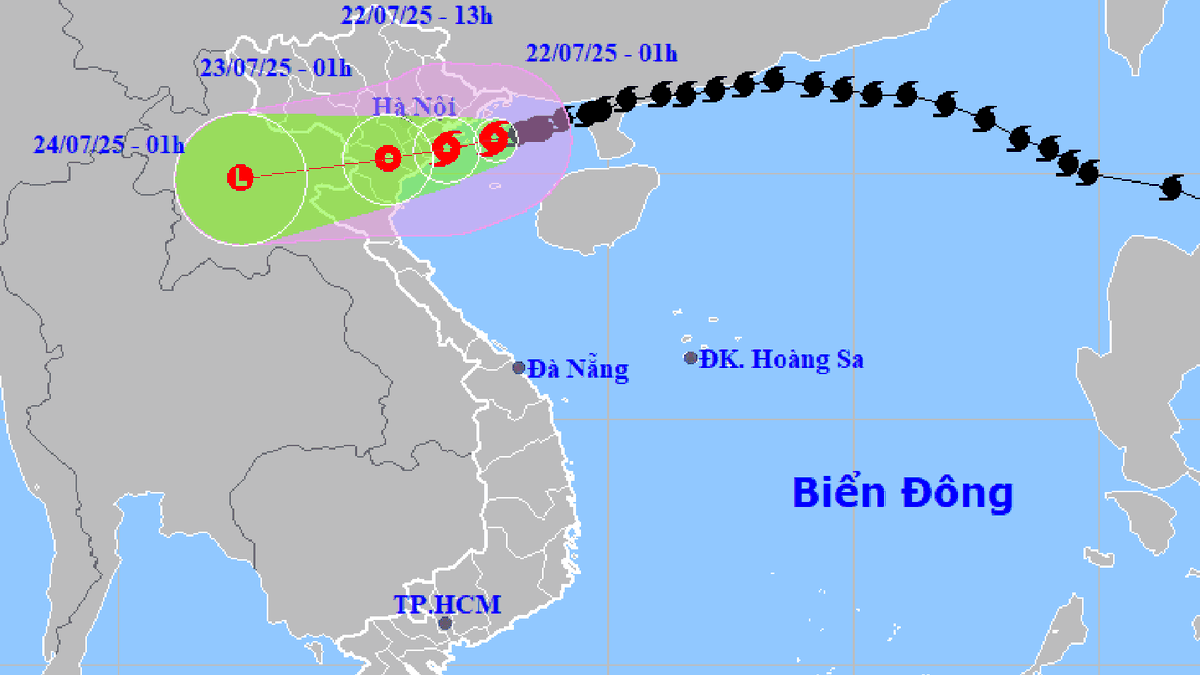
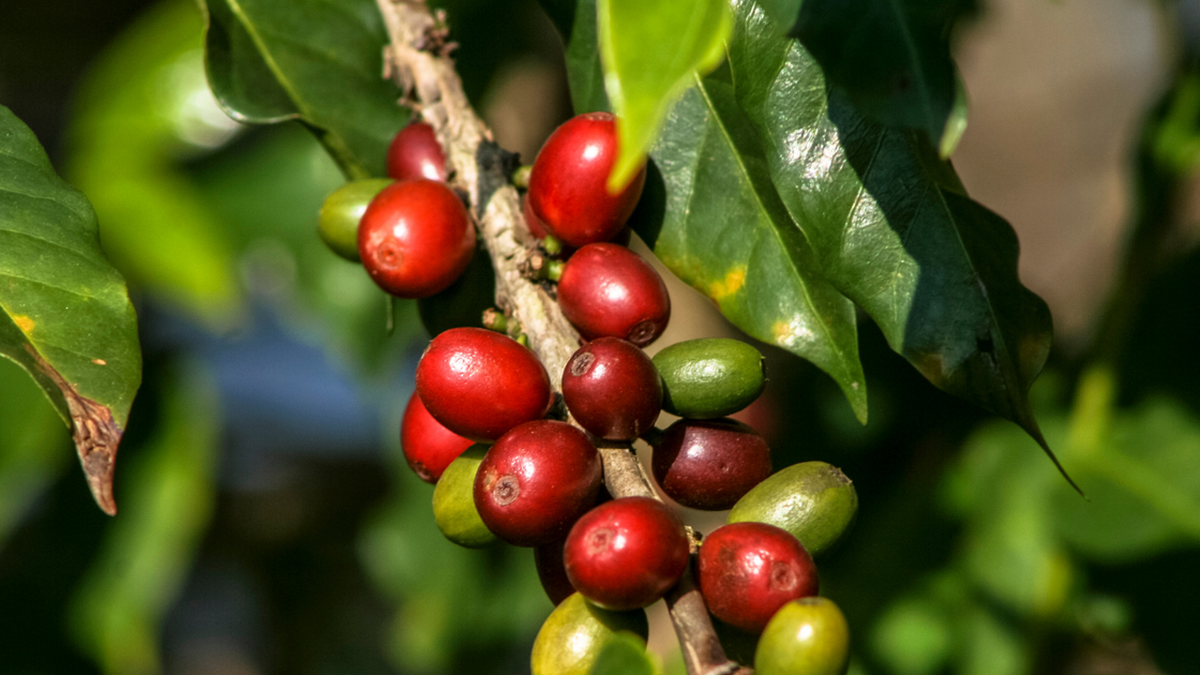













![[Photo] National Assembly Chairman Tran Thanh Man visits Vietnamese Heroic Mother Ta Thi Tran](https://vphoto.vietnam.vn/thumb/1200x675/vietnam/resource/IMAGE/2025/7/20/765c0bd057dd44ad83ab89fe0255b783)












































































Comment (0)